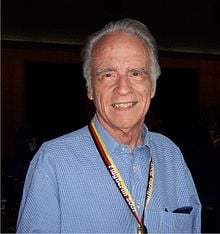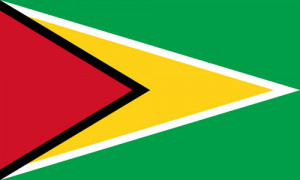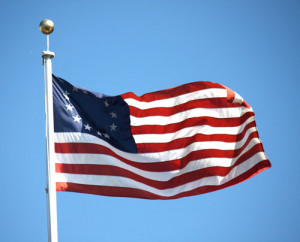Eulogy for a man who loved flags

Anyone fascinated with flags – the American flag, foreign flags, flag laws and even a flag-related word he invented – should be interested in the life of Whitney Smith, who spent his 76 years adoring, studying, collecting and creating banners.
When Smith died last November, The New York Times saluted him as a man “whose passion for flags became a career” and who “turned a fascination with flags into a scholarly discipline.”
Young Whitney Smith
A native of Lexington, Massachusetts – yes, that Lexington – eight-year-old Whitney would go early to the town green when the Battle of Lexington and Concord was being celebrated. There, he recalled, “I would tell the highway department crew how to set up [state flags] in the proper order of admission to the Union.”

As a teen,Whitney Smith perused newspapers and magazines for stories about flag history. He also sent letters to consulates to amass info about their national banners and how they came to be. Having gathered so many details, he decided that research about flags should have its own term. So, he created “vexillology” by putting together the Latin word for “flag” and the Greek word for “study.”

While in college, Smith took another step forward in vexillology by designing the national flag of Guyana. Then he created a naval banner for Saudi Arabia and a flag for Aruba. When he earned a doctorate in political science, his dissertation, of course, was on political symbolism.
Adult Life & Contributions
After college, Smith became more and more involved in vexillology. He wrote “Flags Through the Ages and Across the World.” He published a biweekly, the Flag Bulletin. He founded the Flag Research Center. He wrote articles about banners for the Encyclopedia Britannica, eventually becoming its most prolific contributor with 250 stories. He also organized the First International Congress of Vexillology and founded the North American Vexillogical Association.
Whitney Smith was the sort of person who, if he saw a flag displayed incorrectly in a store, would go inside to point out how to fix the mistake. But he was also the sort of person who said, “The American flag is the ultimate symbol of freedom, and to restrict its use seems a contradiction.”

As for the American flag with a star for each state, Smith pulled no punches. He preferred the original look of the national banner. The “13-star flag is aesthetically superior to the 50-star model,” he declared. It was also “easier and less expensive to make,” he added. “More importantly, a ring of stars better symbolizes our harmony in diversity.”
He knew that such positions could be controversial and once said, “People fight and die over flags. They provoke strong emotions.”
Assessing his life for People Magazine, Smith said, “I’m a monomaniac, that’s clear. But I’m more fortunate than most people because I have something that infuses my whole life. I relate flags to everything.”
That means the ultimate maven of flags now knows if there are banners flapping in heaven.
